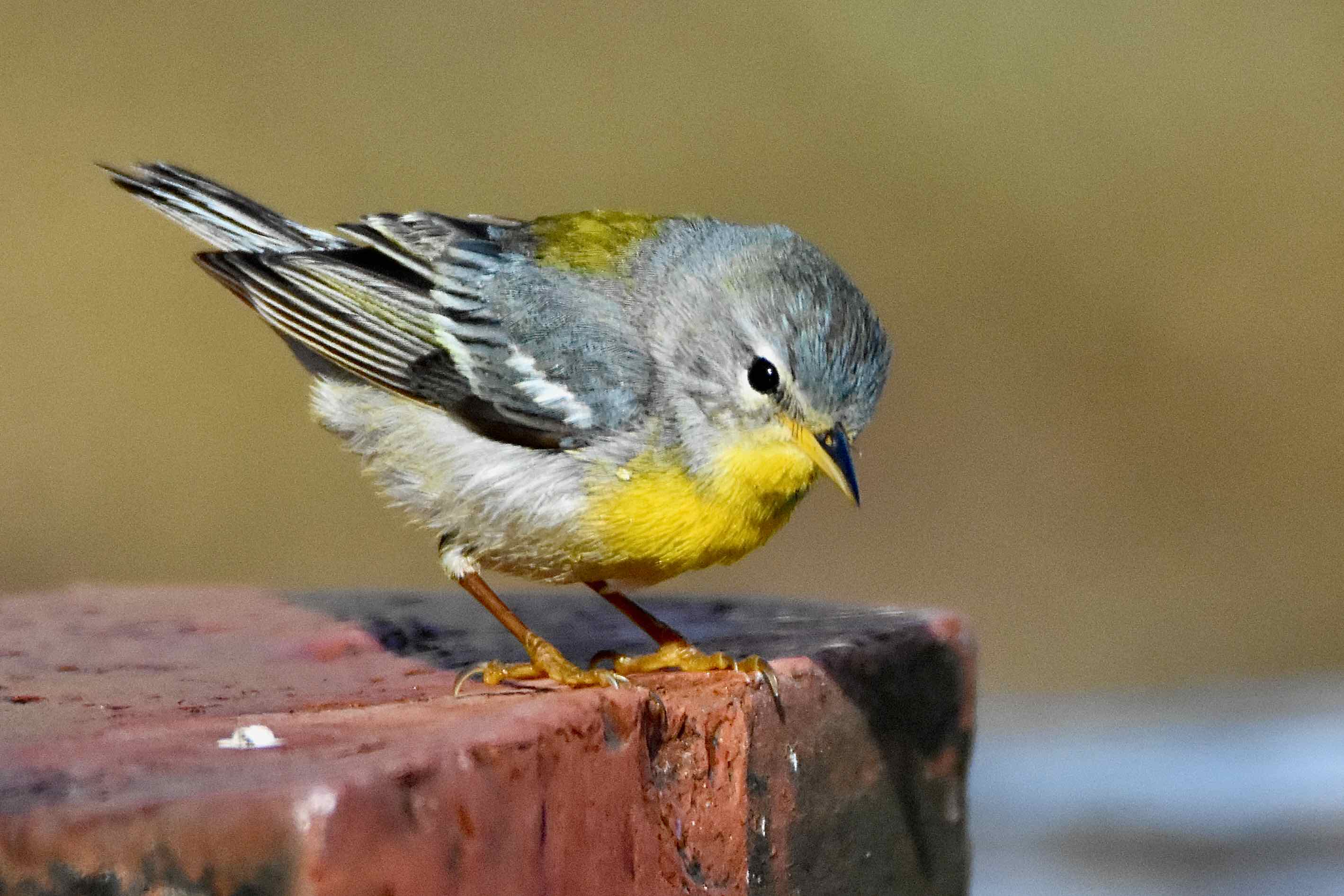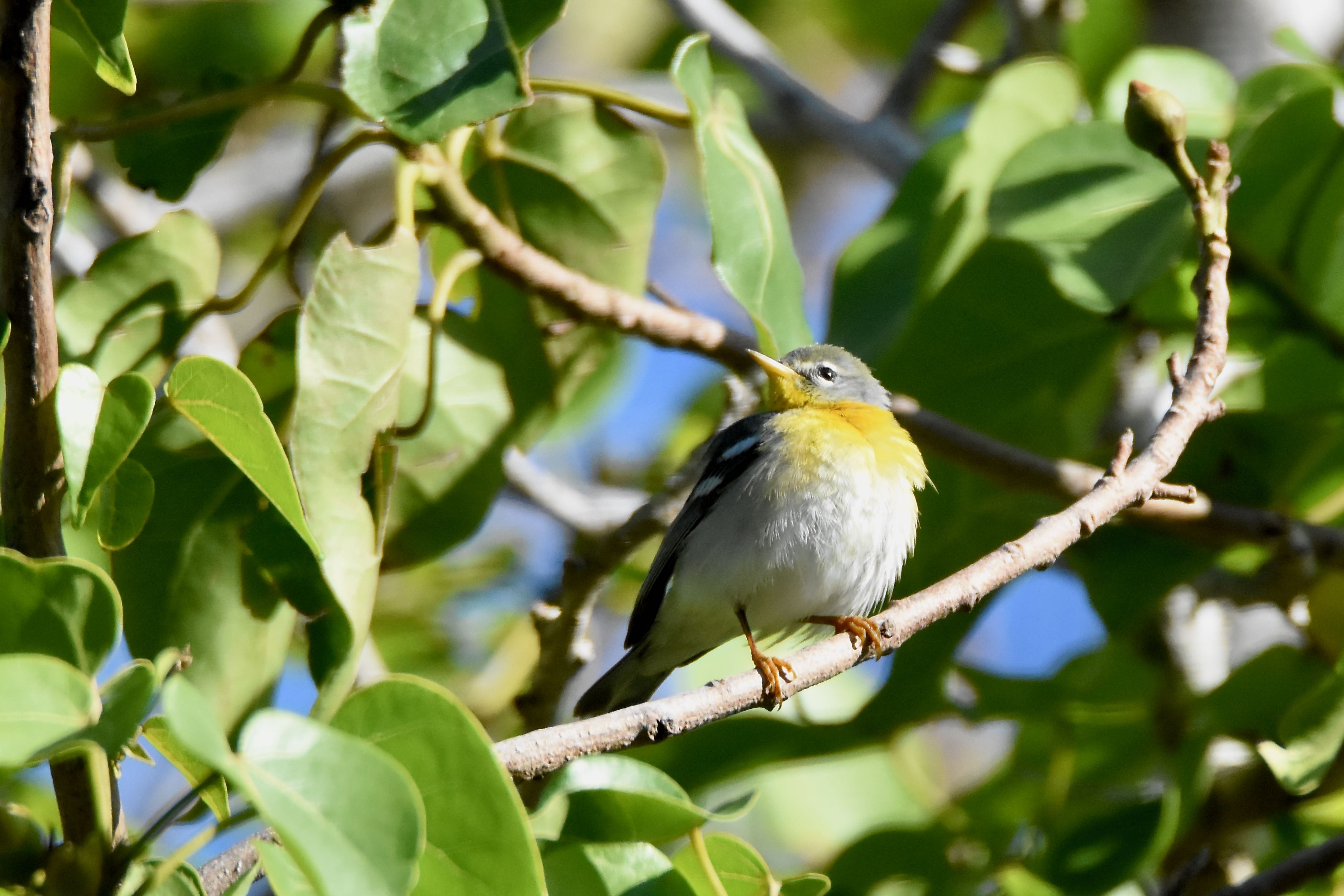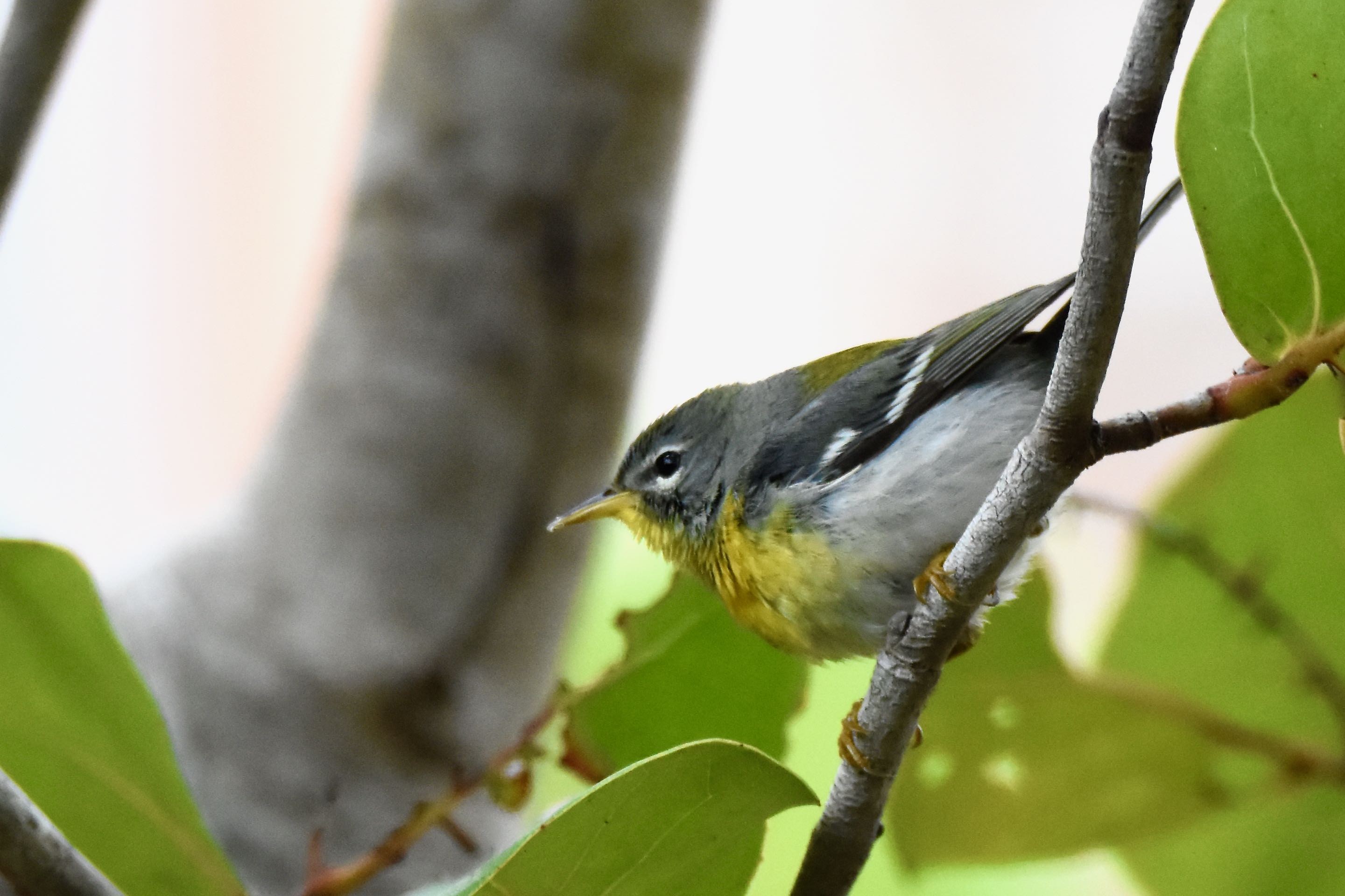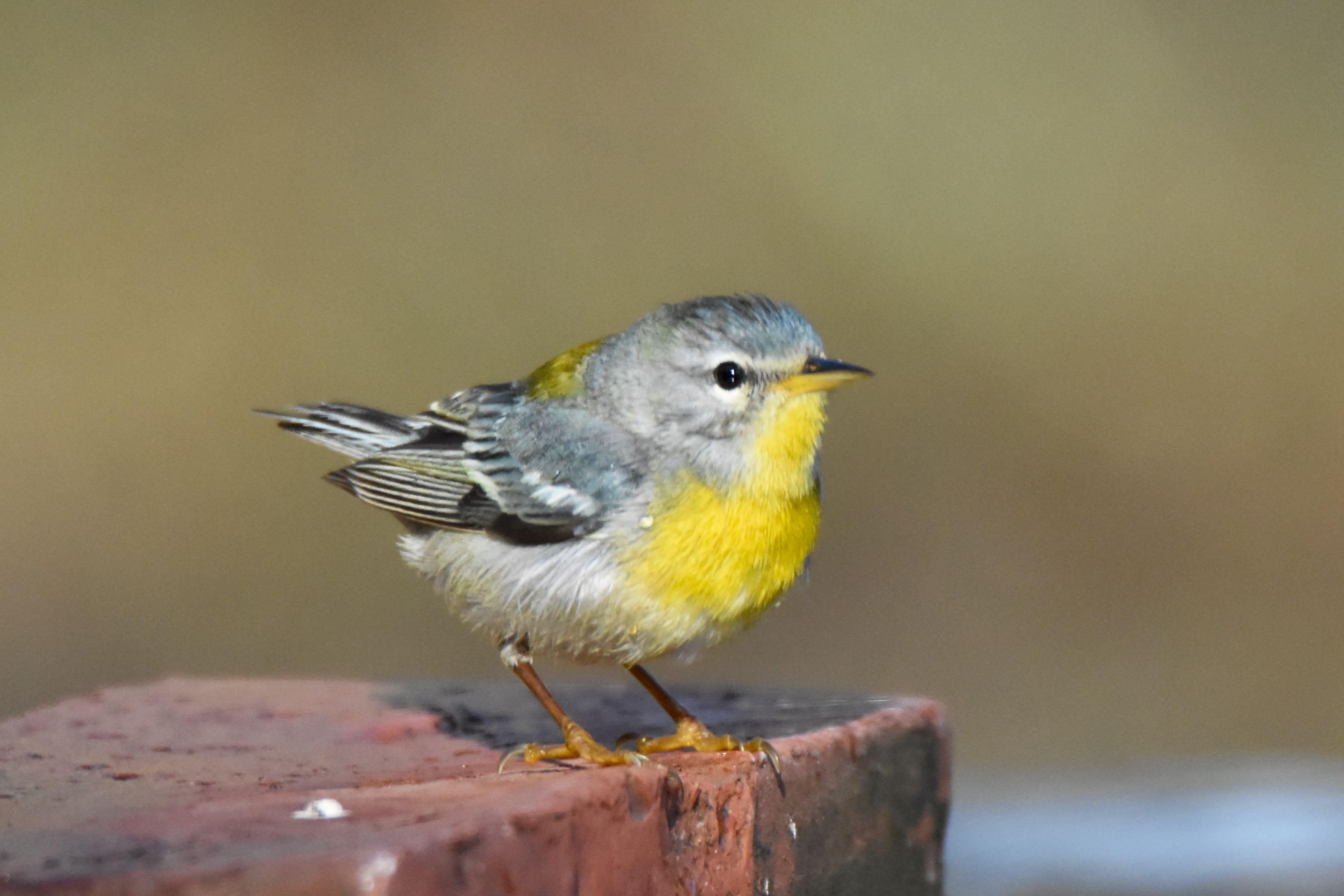
Northern Parula, photographed at Garden Key, Dry Tortugas National Park, Monroe County, in April 2017.
The northern parula, Setophaga americana, is one of the few warblers to be seen year-round in the Sunshine State. Just not in the same part of the state year-round.
It is a winter visitor to South Florida, but unlike some of its warbler cousins, the northern parula doesn't always have far to go. The northern parula's summer breeding grounds begin just north of Lake Okeechobee and stretches northward into Canada. There are some records of northern parulas nesting in Collier, Palm Beach and Martin counties, but those are rarities. And while they're fairly common birds, they're also in some ways a mystery.
Northern parulas are small birds, with a body length approaching five inches, and a wing span of about seven. They are mostly a blue-gray, with a prominent yellow patch on the throat and breast, with a horizontal black and red streak running through it. Northern parulas have a yellow patch on the back, and their bills are two-toned, black above, yellow below. The eyes have white patches above and below. The wings each have two prominent white bars. Both sexes are similar, but females are duller.
Their summer range covers most of the eastern United States into Canada. In winter, they'll retreat to South Florida, Mexico, Central America and parts of Caribbean. In summer, northern parulas are birds of the woods, preferring moist forests offering a mix of tree species. The moist part is important, because they nest in old man's beards lichens or Spanish moss, both of which require humid conditions. In winter, they're less picky.
Nesting season begins in March in the south, mid-May up north. Males select the nesting territory, but females chose the final site and build the nest. Placement is usually high in trees at the end of a branch extending over water, which is why despite their familiiarity, there are some things we don't quite know about this bird.
The nest itself is a pouch hung pendulam-like in lichens up north or Spanish moss down south. Where neither is available, parulas will use hanging conifer needles. Clutches are usually four or five eggs that take about two weeks to incubate. Some sources say that both sexes handle sitting duties, though mostly by mom; others say that mom does all the sitting, with dad feeding her and standing guard. We've seen the same split on the male's involvement in feeding the chicks. As we said, there is some mystery with this bird. It's believed that the hatchlings are nest-bound for less than two weeks before they fledge, but the length of the fledge period isn't certain. Breeding pairs sometimes return to the same nest site the following year.
The diet for northern parulas is mainly bugs, beetles, flies, ants, spiders and the like. They will dart after their prey, forage on the ground or will hover to pick a bug off a leaf. They'll also eat berries.
The northern parula population is considered secure, but air pollution, which can damage the habitats they require for nesting, is a potential threat. Northern parulas are members of Parulidae, the warbler family. They're also known scientifically as Parula americana.
Links for Northern Parula



